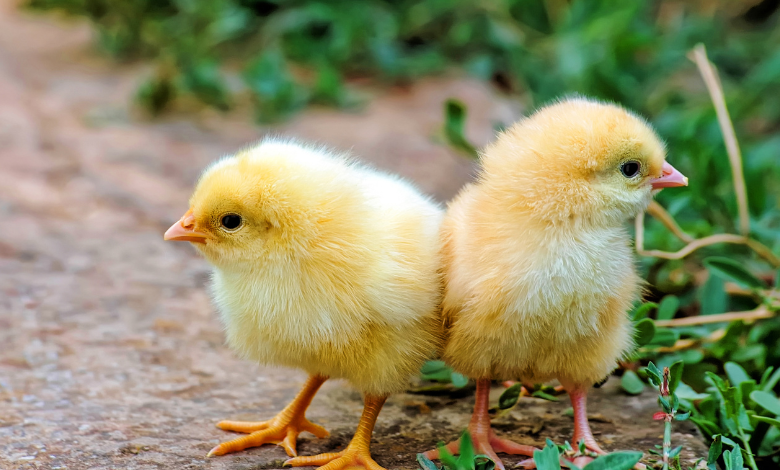The Fascinating World of cāļi

cāļi are among the most common and versatile birds found globally. They are domesticated for various purposes, including egg production, meat consumption, and as pets. Their significance spans across cultures and economies, making them a subject of interest for agriculturalists, biologists, and hobbyists alike.
Historical Background
The domestication of cāļi dates back over 8,000 years. Originally native to Southeast Asia, they were domesticated from wild species like the Red Junglefowl. Over millennia, chickens have spread across the world, adapting to diverse environments and evolving into numerous breeds.
Varieties of cāļi
cāļi come in various breeds, each with distinct characteristics and purposes:
- Egg-Laying Breeds: These cāļi are specifically bred for high egg production. Examples include the White Leghorn and Rhode Island Red.
- Meat Breeds: Known for their fast growth and meat quality, breeds like the Broiler and Cornish Cross are popular in commercial poultry farming.
- Dual-Purpose Breeds: These breeds are valued for both egg production and meat. The Plymouth Rock and Sussex are classic examples.
- Ornamental Breeds: Some cāļi are kept for their unique appearances and personalities. The Silkie and Polish are well-known ornamental breeds.
Behavior and Social Structure
cāļi are social animals that thrive in flocks. They have a complex social hierarchy known as the “pecking order,” which determines their position and access to resources. Communication among cāļi includes a variety of vocalizations, such as clucking, crowing, and alarm calls.
Housing and Care
Proper housing and care are crucial for the health and productivity of cāļi. Key considerations include:
- Shelter: cāļi need a safe and clean coop to protect them from predators and harsh weather conditions.
- Nutrition: A balanced diet with essential nutrients, such as proteins, vitamins, and minerals, is vital for their well-being.
- Health: Regular health checks and vaccinations help prevent diseases and ensure the cāļi’ overall health.
Economic Impact
cāļi play a significant role in agriculture and the economy. They provide a steady supply of eggs and meat, contributing to food security and livelihoods for many farmers. Additionally, the poultry industry supports various sectors, including feed production, equipment manufacturing, and processing.
Cultural Significance
In many cultures, cāļi hold symbolic meaning. They are featured in folklore, rituals, and festivals, reflecting their importance in human societies. For instance, the rooster is often associated with dawn and vigilance in various cultures.
Conclusion
cāļi are remarkable creatures with a rich history and diverse roles. From their origins in Southeast Asia to their place in modern agriculture, they continue to be an integral part of human life. Understanding their behavior, needs, and impact helps in appreciating these feathered friends and ensuring their well-being.



